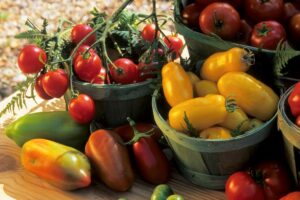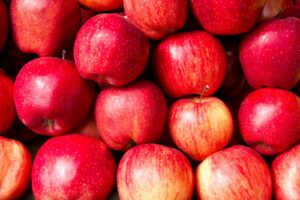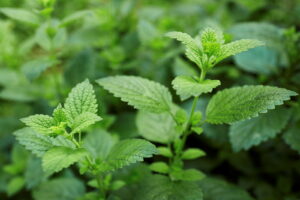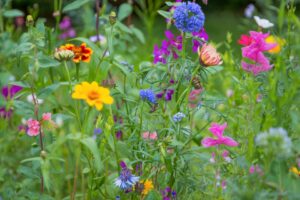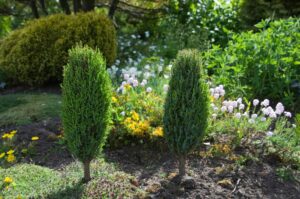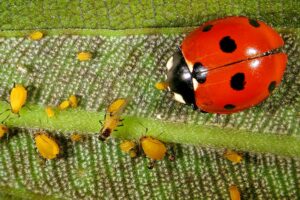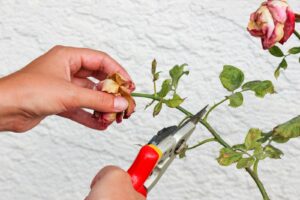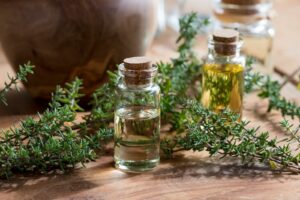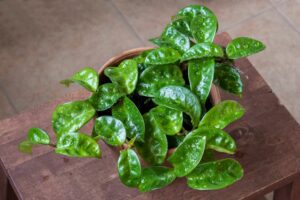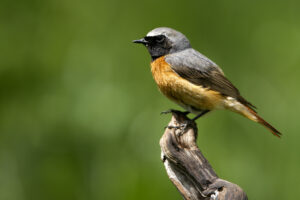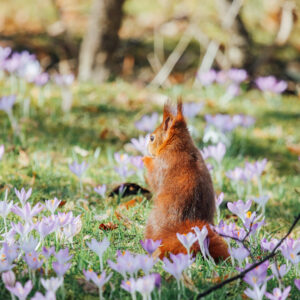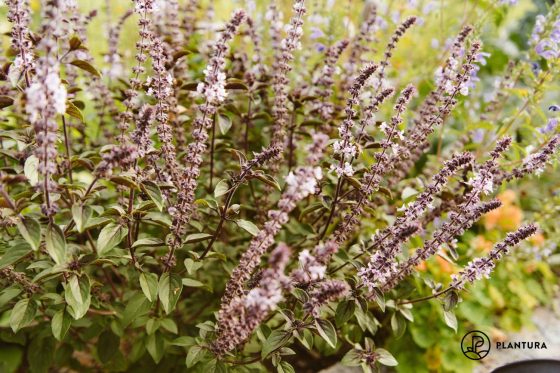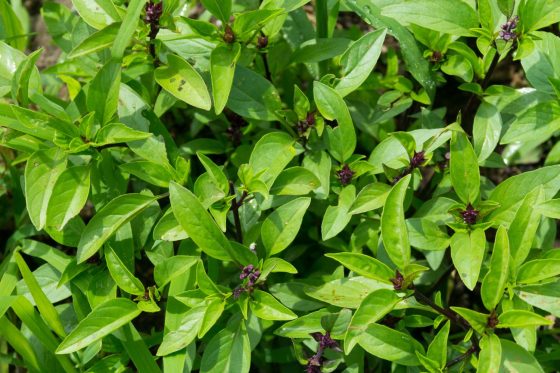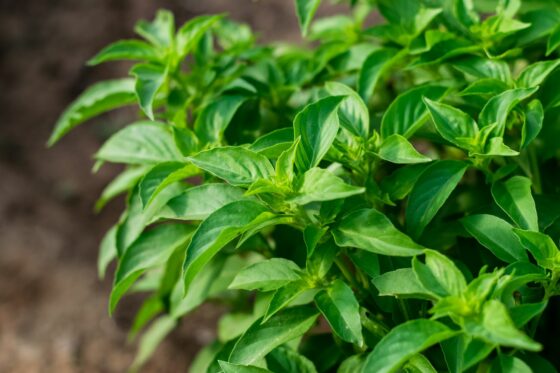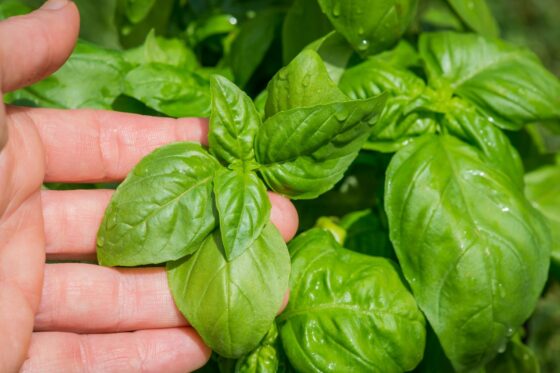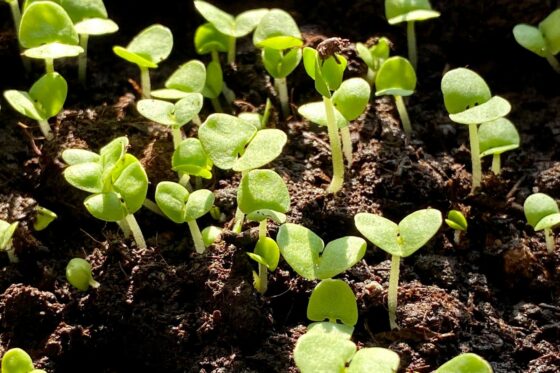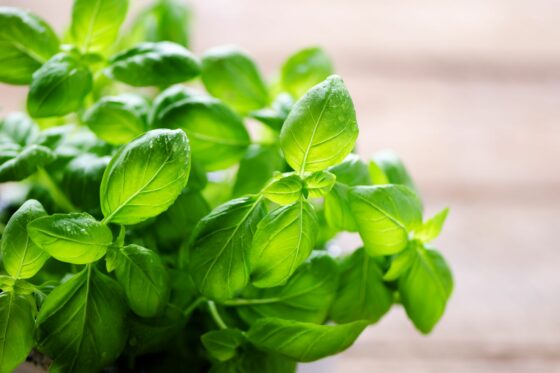Purple basil: varieties & growing tips
Purple basil is becoming increasingly popular. Find out what makes it so unique and how to grow your own in this article.
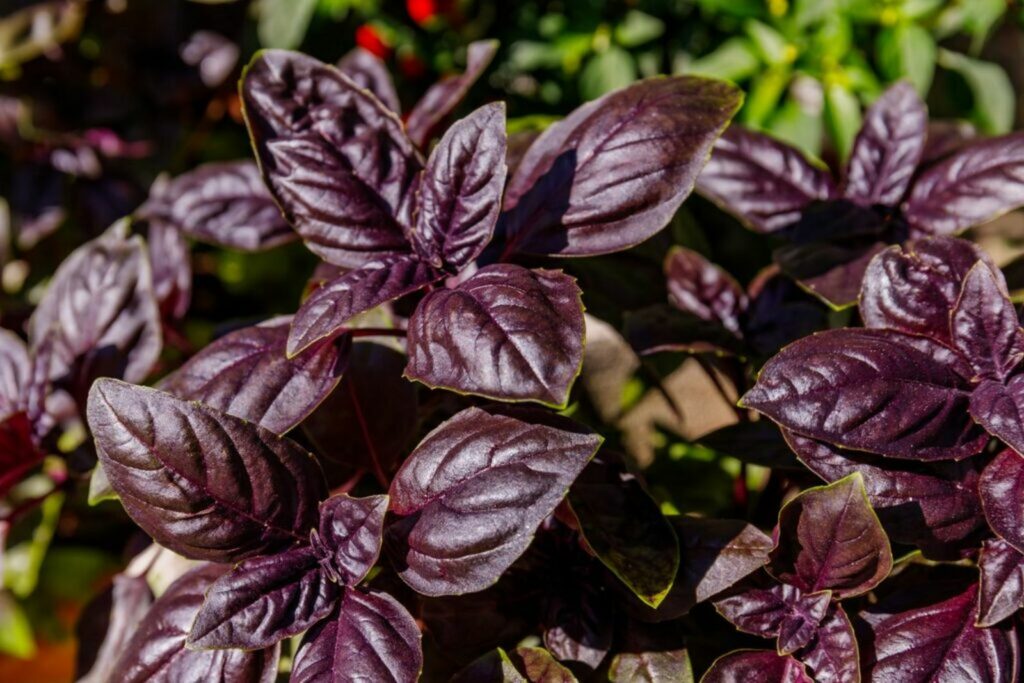
Purple basil (Ocimum basilicum L.) is from the popular Lamiaceae family. The varieties of purple basil are also sometimes called red basil or black basil, as the foliage colours vary from light red to deep violet.
Contents
Purple basil: origin and characteristics
Like its relative, the green-leaved basil, purple basil originates from the tropics of Africa, America and Asia, where it has been cultivated and used in cooking for centuries. Purple basil varieties stand out because of their bold colouring. Their flowers can be white, but most are pink or purple in colour. The reddish-purple appearance of the leaves is caused by a high content of dark blue pigments, i.e. anthocyanins, in the plant cells.
Tip: The pigments in the leaves develop more intensely when the plants are in a sunny location.
Purple basil varieties
Whether black, purple or red basil – the varieties are very similar and can be bought in many shops. The following four varieties are some of the most popular:
- ‘African Blue’: perennial shrub basil (Ocimum kilimanjaricum x basilicum); reach heights of up to one metre; strong red-green leaf colouring; pink-purple flowers; blooms from May to September; a comparatively robust variety (given temperatures above 10°C even in winter).
- ‘Dark Opal’: uniformly dark coloured variety of black basil; curly leaf edge; tastes similar to Genovese basil.
- ‘Red Ruffles’: dark red and deeply cut leaf edges; pinkish-purple edible flowers; aromatic with notes of anise, cinnamon, citrus and pepper.
- ‘Red Rubin’: reddish-purple leaved variety; slight pepperiness; awarded the ‘All America Selection Winner’ prize in 1992.
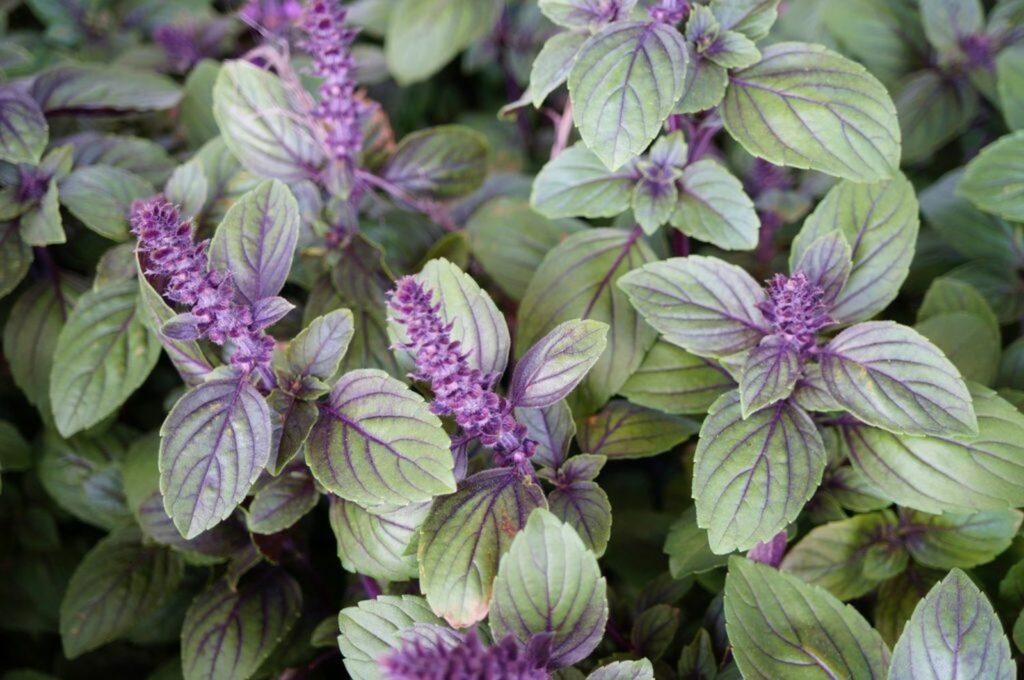
How to grow red basil
The cultivation of red basil is similar to “normal” green basil cultivation, except for a few aspects. Here is a quick summary of the most important things to consider when growing purple basil.
Growing red basil:
- Light germinators – the seeds need light, so do not cover them with soil
- Start seeds indoors around mid-March, at 18 to 25°C
- Keep the seeds moist
- After germination (7-14 days), transplant into larger pots
- To encourage vivid foliage colouring, choose a sunny location
Purple basil can also be propagated quickly and successfully from cuttings. To do this, simply cut off shoots about 10cm long and remove the leaves from the lower part of the cuttings. Then the prepared cuttings can be rooted directly into soil or in a water glass first.
Watering and fertilising red basil
Like its green relative, dark basil needs plenty of water, so be sure to water it regularly. However, it is important not to wet the leaves when watering and avoid waterlogging at all costs. When growing your dark basil outdoors, choose a sheltered location. Also, basil generally needs a lot of nutrients. Therefore, we suggest using humus-rich soil and fertilising regularly with natural fertiliser. Our Plantura All Purpose Plant Food is ideal for fertilising basil.

- Perfect for a variety of plants in the garden & on the balcony
- Promotes healthy plant growth & an active soil life
- Long-lasting fertiliser that is free from animal products - child & pet friendly
Overwintering purple basil
When looking for a basil plant you can overwinter, make sure to choose a perennial variety. On top of this, purple basil is not hardy in cold climates, so keep your plants in a location with temperatures above 10°C during winter. Also, make sure your basil plant gets sufficient light (with artificial lighting if necessary) and avoid placing it somewhere with cold draughts.
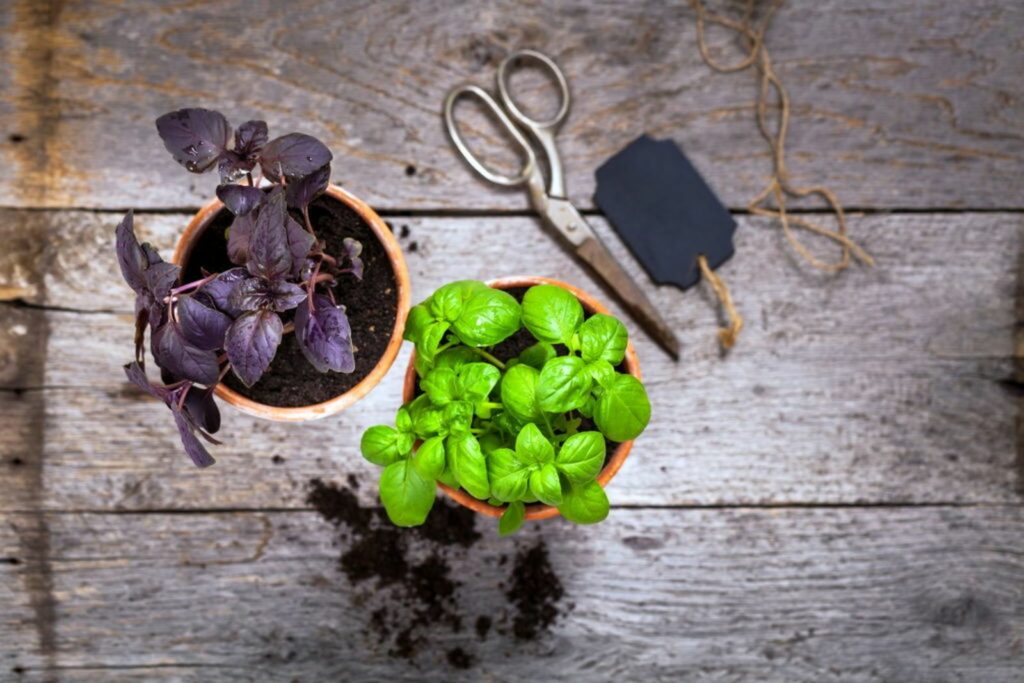
The vivid colouring of basil can fade slightly in winter due to the lower light intensity. But fear not; in spring, the characteristic colouring of your beloved dark purple basil plant will return with the increase in sunlight.
Purple basil: use and health benefits
Purple basil can be used in the kitchen in essentially the same way as green basil. However, its distinct colour offers a special decorative value when garnishing dishes and is sure to pique your guests’ interests. The varied (and sometimes intense) flavours of purple varieties also leave lasting impressions.
A classic use of basil is making it into pesto. When using purple basil leaves, however, the colour of the pesto is dark and less vibrant than green pesto but packed with flavour. That said, purple basil contains anthocyanins and various essential oils that give it sedative, antispasmodic and digestive effects.
